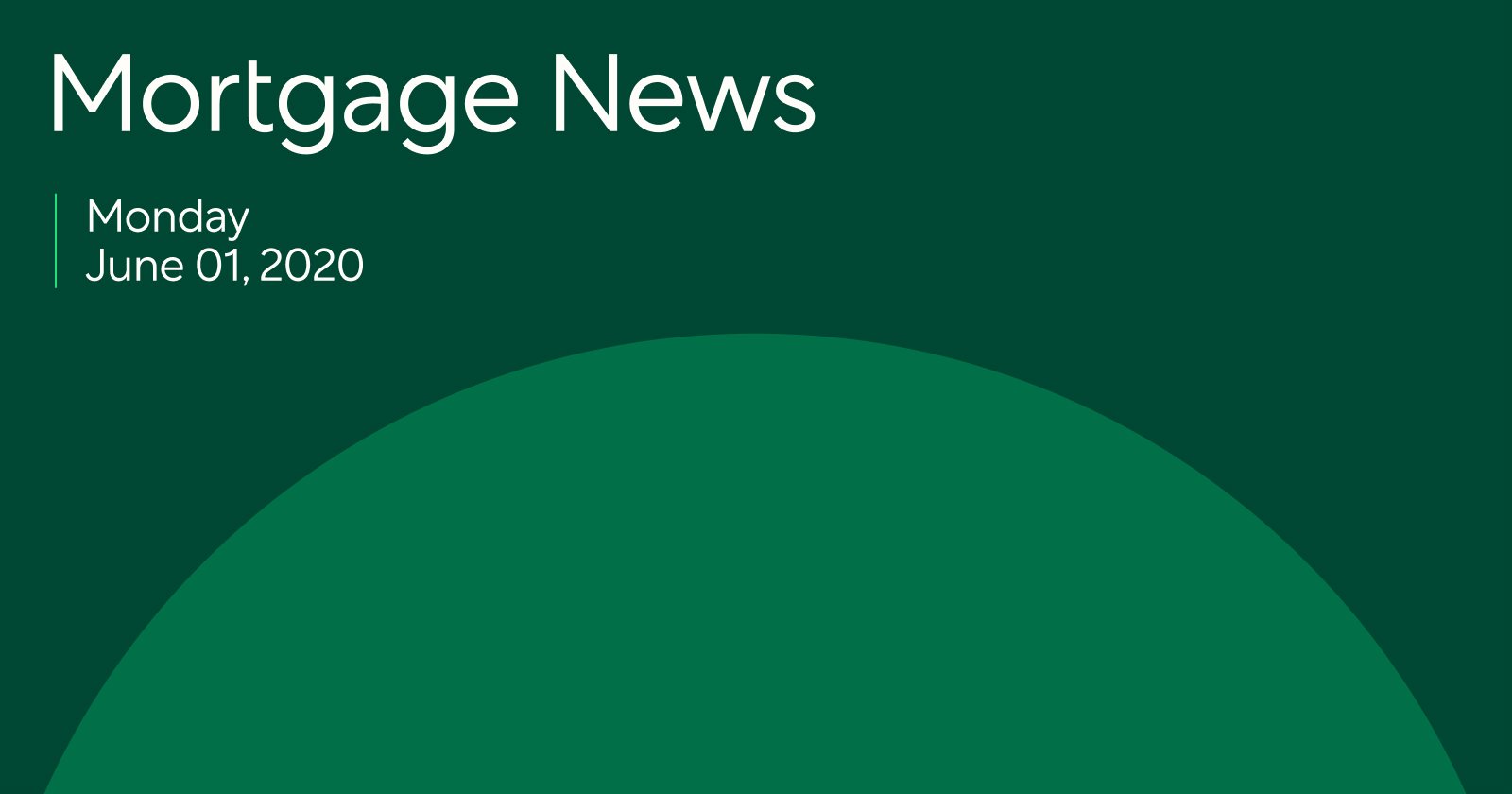Homebuyers flock to the suburbs, but low supply may drive prices up
Here’s a look at the latest developments in the mortgage market for the week beginning 6/1/2020.
- Homebuyers flock to the suburbs, but low supply may drive prices up
- Why housing markets in some urban areas are recovering faster than others
- Mortgage rates hit new record low, Federal Reserve expected to promote stability
As homebuyers flock to the suburbs, historically low supply may drive prices up
In light of the COVID-19 pandemic, it seems that a desire for privacy and space may be driving higher demand for single family suburban homes, especially among first time homebuyers. According to new polling, nearly a third of Americans are now looking to move to less densely populated areas. This follows a trend in the rental market, where demand for these types of homes is already increasing; some New England areas are experiencing as much as 30-50% year-over-year growth.
All this new demand, however, is being met with historically low supply. Before the pandemic, the number of new homes for sale was already lagging behind demand by 300,000 units. This was largely the result of investors buying up and renting out more than half the properties foreclosed on in the 2008 housing meltdown. The shortage was exacerbated by homeowners’ reluctance to list properties during lockdown, with April’s new listings and total listings down 20% and 22% respectively.
All of these factors are contributing to an impending homebuying boom as states reopen. With purchase loan applications up 54% month over month in May, demand is far outstripping supply — especially for starter homes. Market watchers now expect price appreciation to continue to rise, spurring economic recovery in the third quarter of this year and beyond.
Why housing markets in some urban areas are recovering faster than others
While a growing number of homebuyers are fleeing cities, factors like strong local economies, less strict containment measures, and fewer coronavirus cases have made for speedier recoveries in some urban housing markets.
Unsurprisingly, cities in more rural markets that avoided shelter-in-place orders are experiencing healthy demand. But even tech hubs like Seattle, the pandemic’s first hot spot, and Austin are bouncing back quickly due to more job opportunities outside the retail and hospitality industries.
Mortgage rates hit new record low, Federal Reserve expected to promote stability
The national average mortgage rate hit another record low this week, and it’s likely that the Federal Reserve will pledge to prevent rates from spiking as the market attempts to recover. While the interest rate set by the Fed doesn’t necessarily influence the rates that lenders offer to borrowers, their decision to use their spending power to support market health has been largely responsible for keeping those rates low.
After pledging to buy up as many mortgage backed securities as needed to stabilize the market, the Federal Reserve has decreased its spending to about $2-3 billion a day. For context, that’s down from as much as $18 billion in a single day at peak, but still well above the norm.
While the Fed has been acting under emergency authorization so far, market watchers expect them to make this type of support standard operating procedure when they reconvene next week. If the Fed pledges to promote the smooth functioning of the mortgage market through what may be a bumpy recovery, it could be the confidence boost that lenders need to keep rates for borrowers low.
In the market for a home loan?
Get pre-qualified at better.com, and check your custom rates. If you like what you see, you can lock your rate instantly online.

